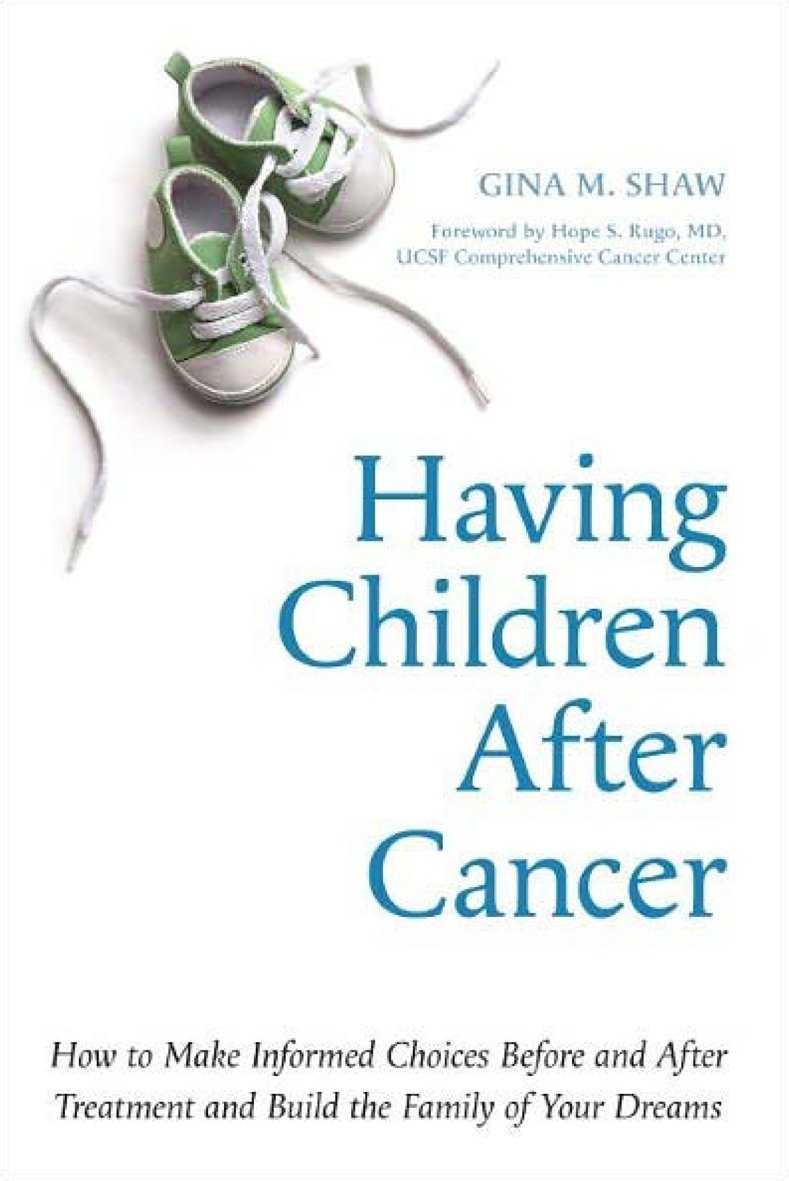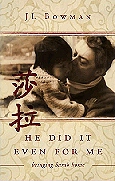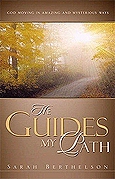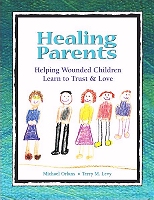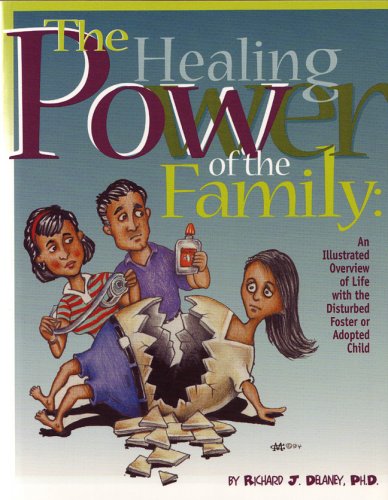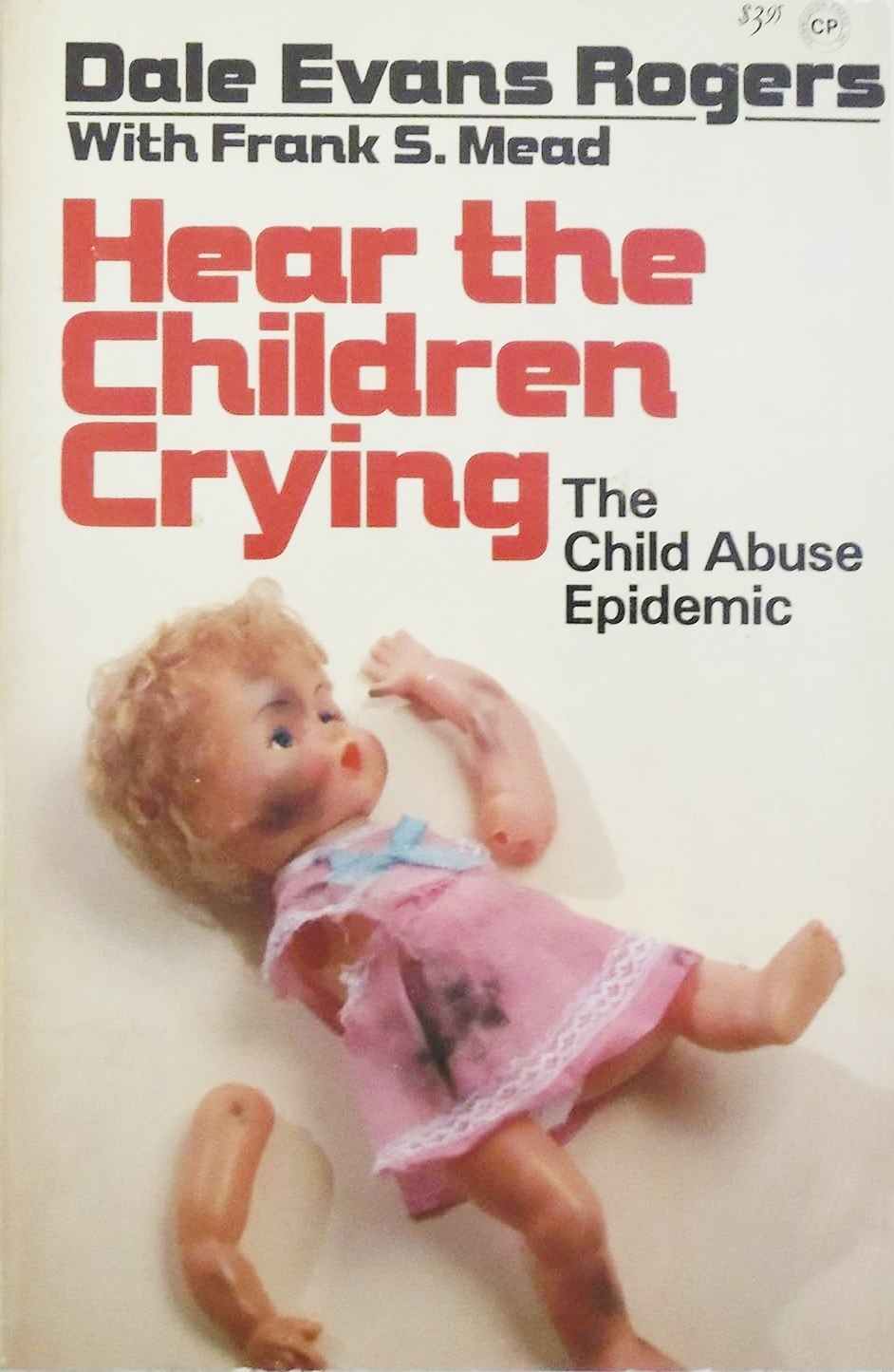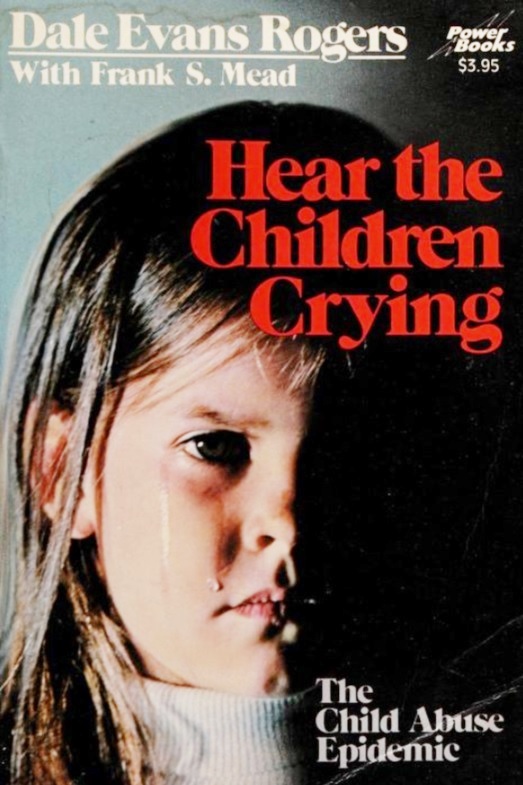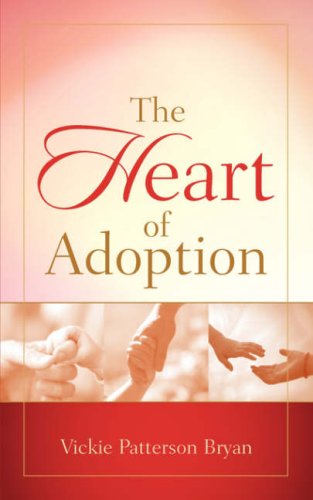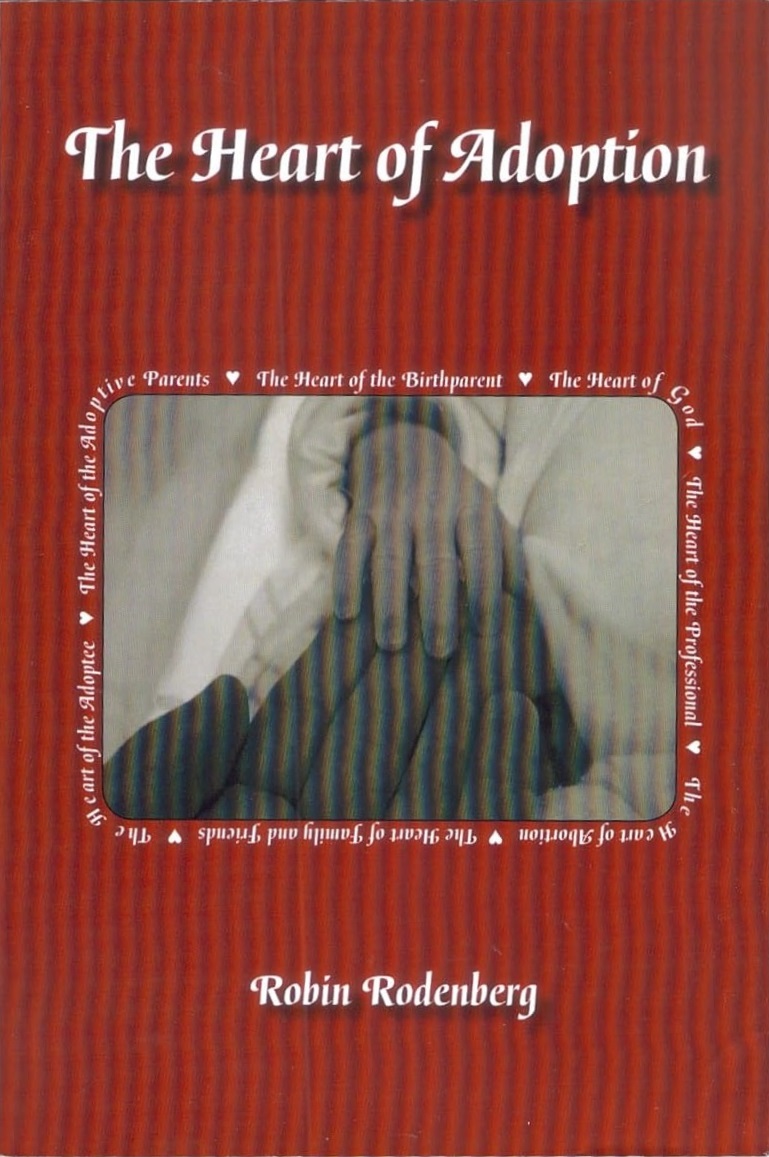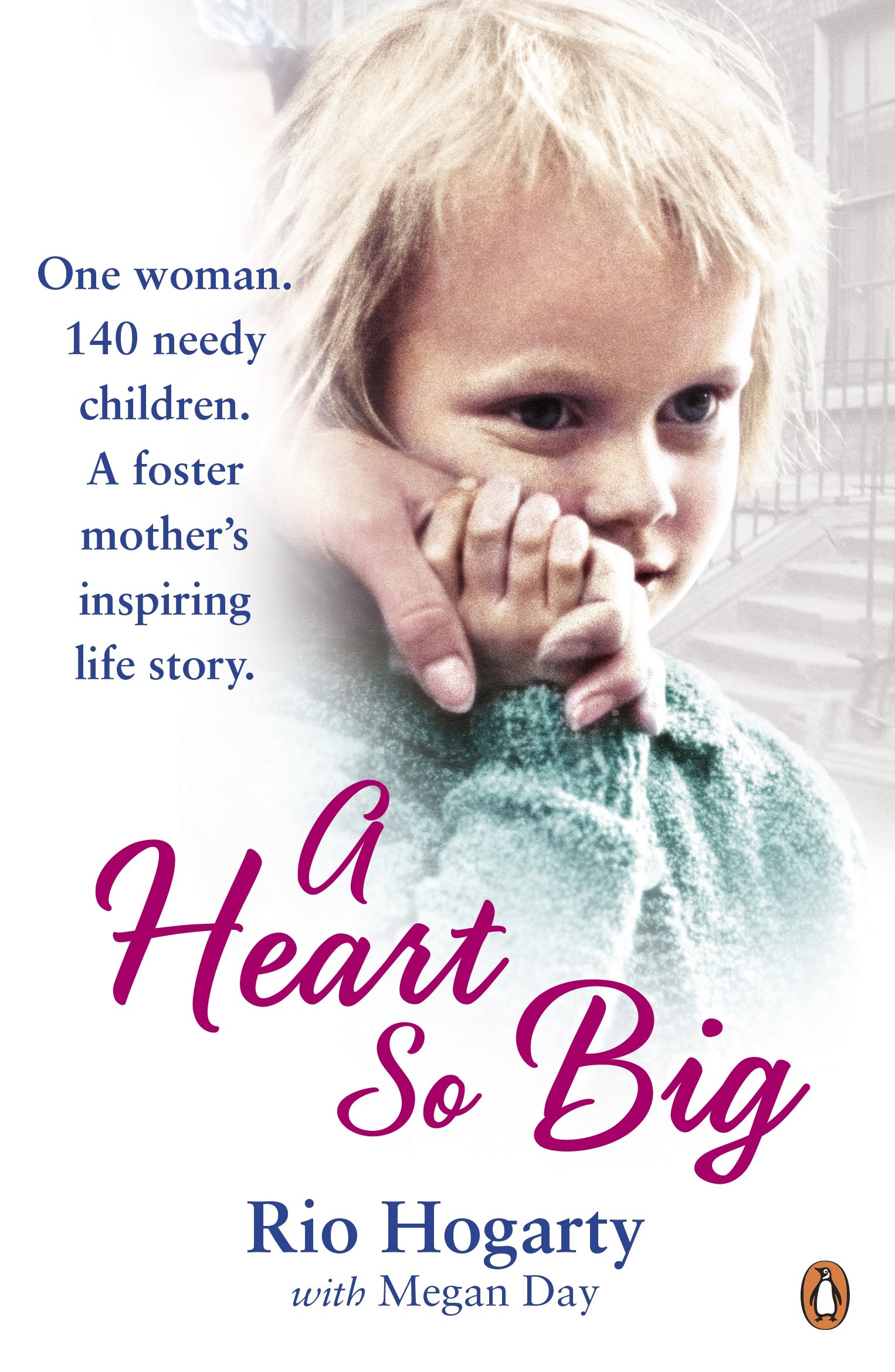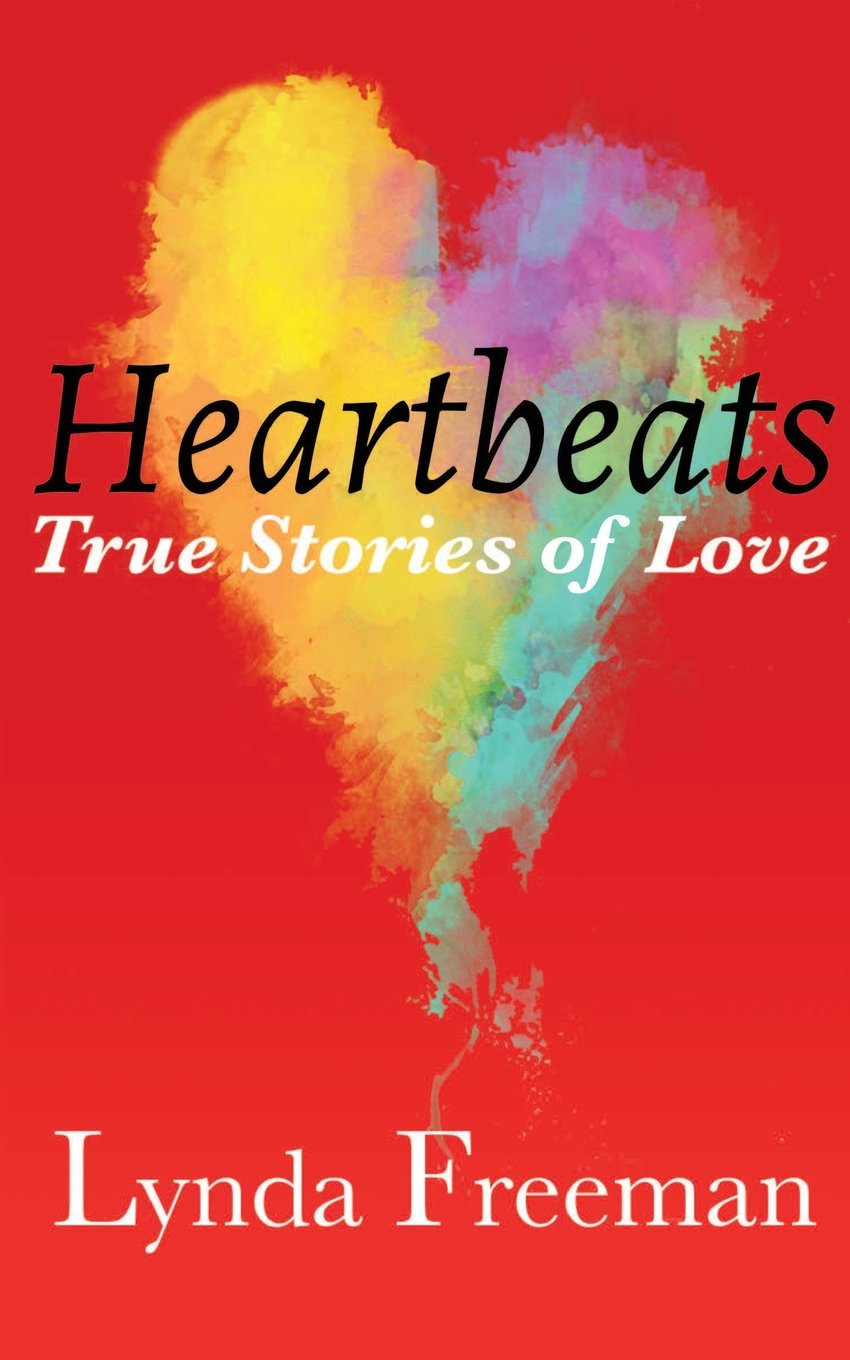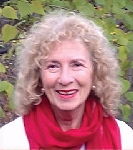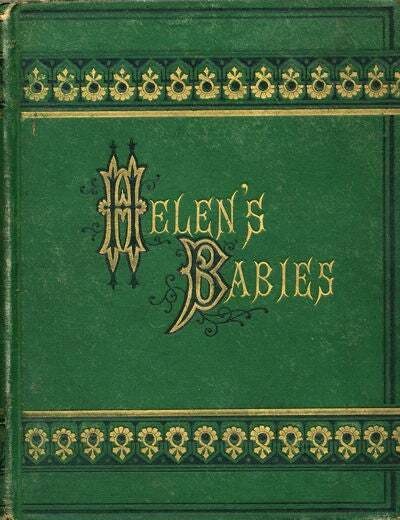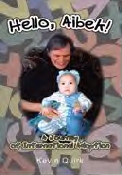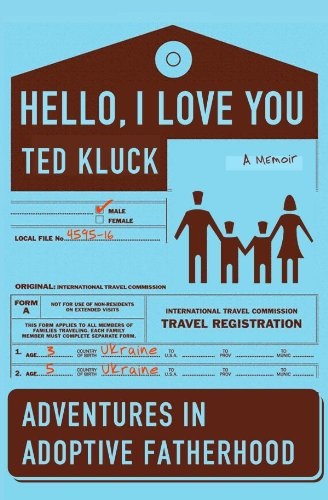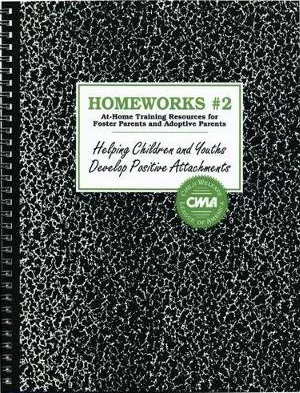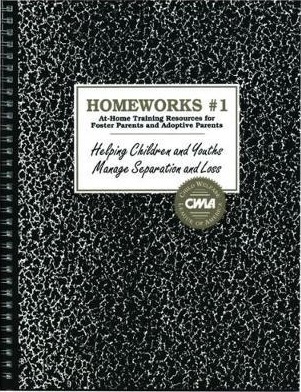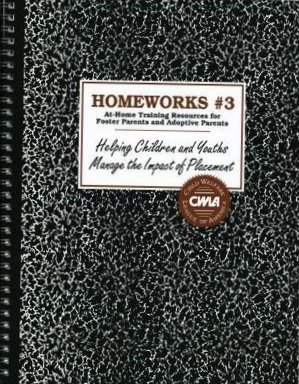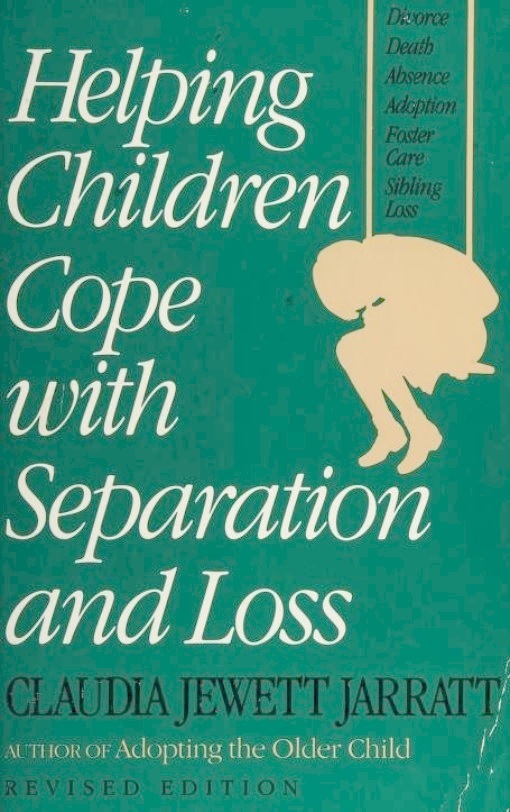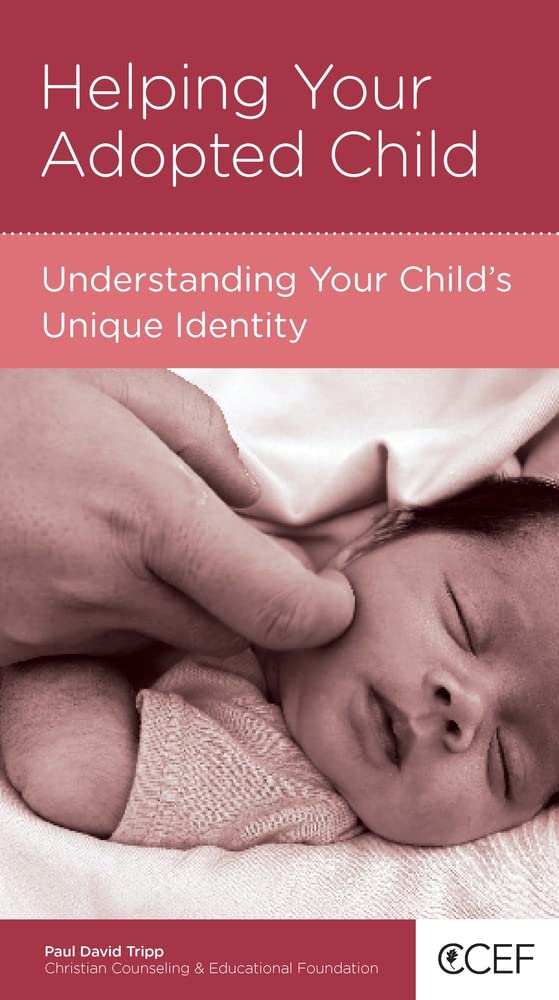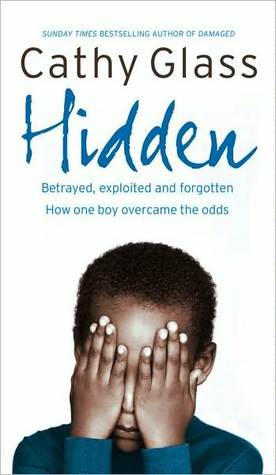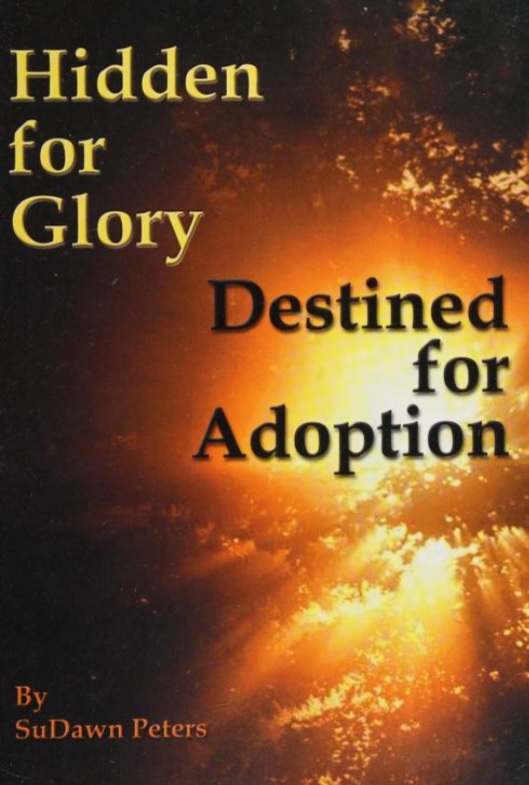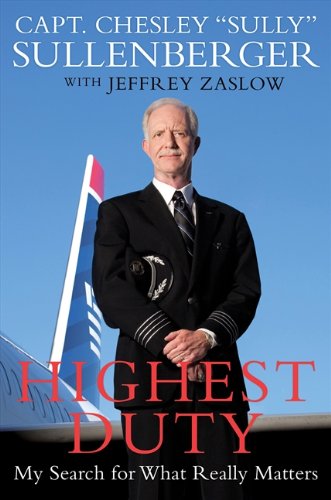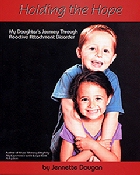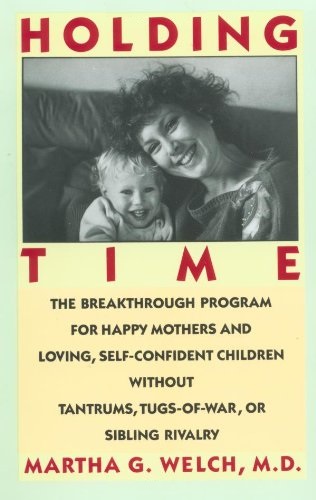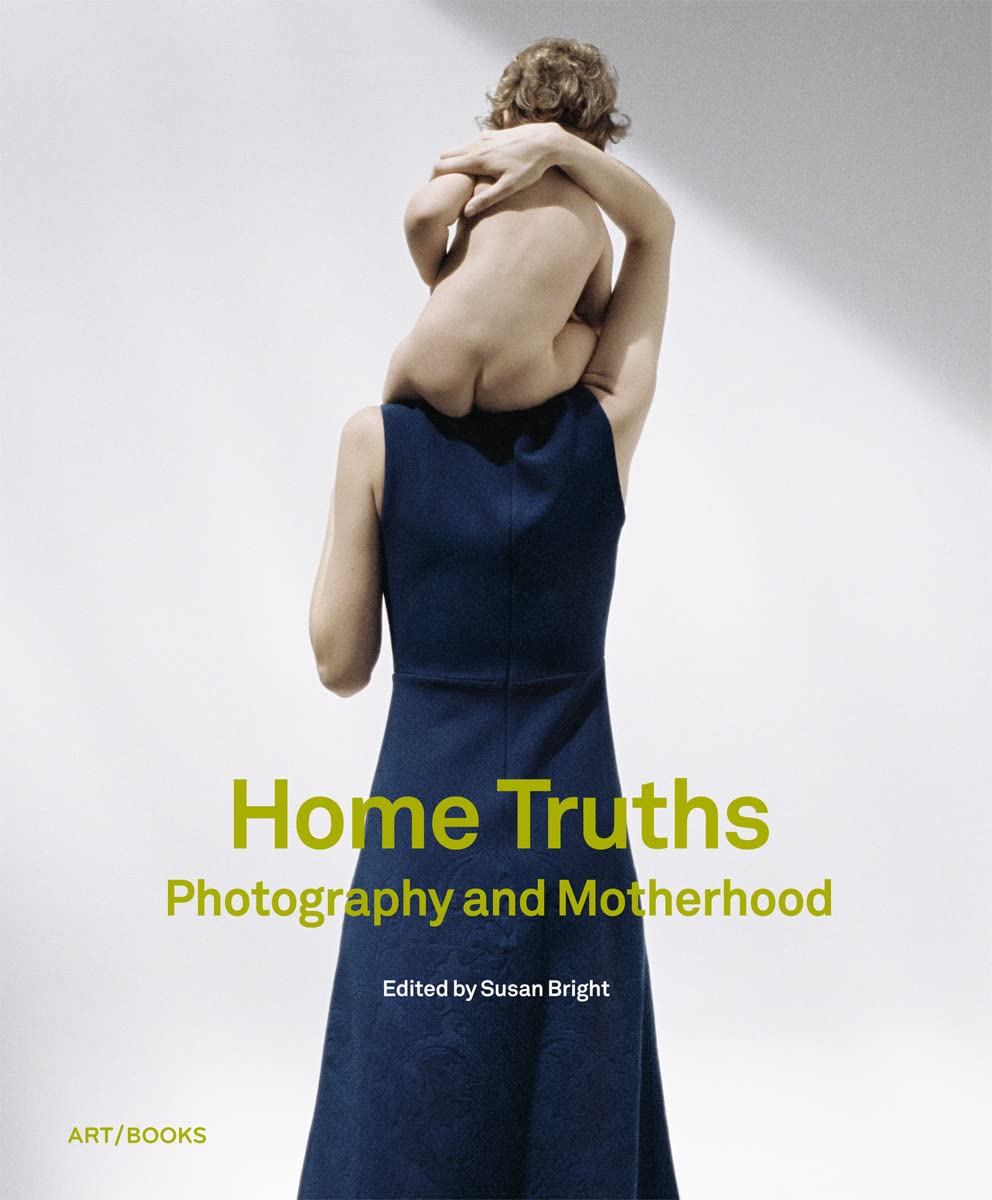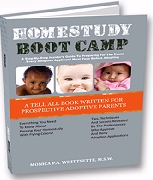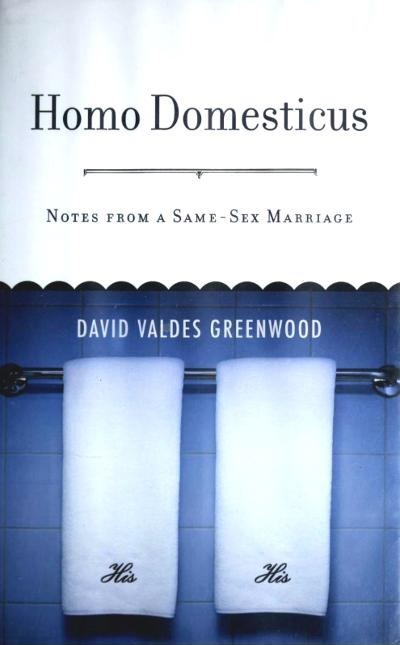From the Dust Jacket:
Child Found Hidden for Years
Parents Starve Their Children
1 in 10 homes has child batterers
Child Dies of Skull Fractures
CHILD ABUSE RATE CALLED ‘EPIDEMIC’
Headlines like these appear daily in newspapers across the country. Every year the epidemic sickness of child abuse claims the lives of more infants and children than infectious diseases, leukemia and automobile accidents. Hear the Children Crying reflects the deep concern of Dale Evans Rogers for America’s children. As the mother of an adopted child who suffered brain damage as the result of a beating, Dale has a special interest in wiping out all kinds of child abuse—physical, verbal, emotional and sexual.
Using many carefully documented case histories, Dale approaches the problem from psychological, sociological, medical and religious positions. Having worked with doctors and other professionals at Childrens Hospital in Los Angeles and the Child Trauma Intervention Project of the UCLA Medical Center, she offers a sensitive, realistic view of the problem, the parents involved and the solutions. Dale examines in detail the parental problems behind the adult disease of child abuse and the reasons why a child becomes a scapegoat for a parent’s frustration and distress.
Our courts, prisons, welfare systems and often our schools have failed to conquer a disease which is now epidemic. What can we do about this heinous come? Dale holds out hope that concerned citrons and the provision of treatment for abusive parents can help. As she discusses the effective and intelligent efforts being made by national and local programs such as Parents Anonymous, Dale reminds us that, “We need both skilled professionals and God and His love, if we are ever to eliminate and prevent the neglect and abuse of children. With God’s help, and with the working relationship of parents and professionals, child abuse can become a horror of the past.”
About the Author:
Dale Evans Rogers
continues to use her talents for the glory of God. Wife, mother, actress-singer, she is also the author of more than a dozen bestselling books, including The Woman at the Well, Angel Unaware, Let Freedom Ring and Trials, Tears and Triumph. She travels nationwide appearing as a guest on TV and radio programs and as a speaker where she shares her faith in God and love of America.
Frank S. Mead,
well-known minister, author and editor, has written more than a dozen books and edited many more, including The Encyclopedia of Religious Quotations and A Handbook of Denominations. Dr. Mead worked with Dale on her bicentennial bestseller, Let Freedom Ring!
By the Same Author:
My Spiritual Diary (1955);
To My Son: Faith at Our House (1957);
Dearest Debbie: In Ai Lee (1965);
Salute to Sandy (1967);
The Woman at the Well (1970);
In the Hands of the Potter (With Les Stobbe; 1994);
Our Values: Stories and Wisdom (With Carole C. Carlson; 1997); and
Dale Evans Rogers: Rainbow on a Hard Trail (With Norman B Rohrer; 1999), among others.
